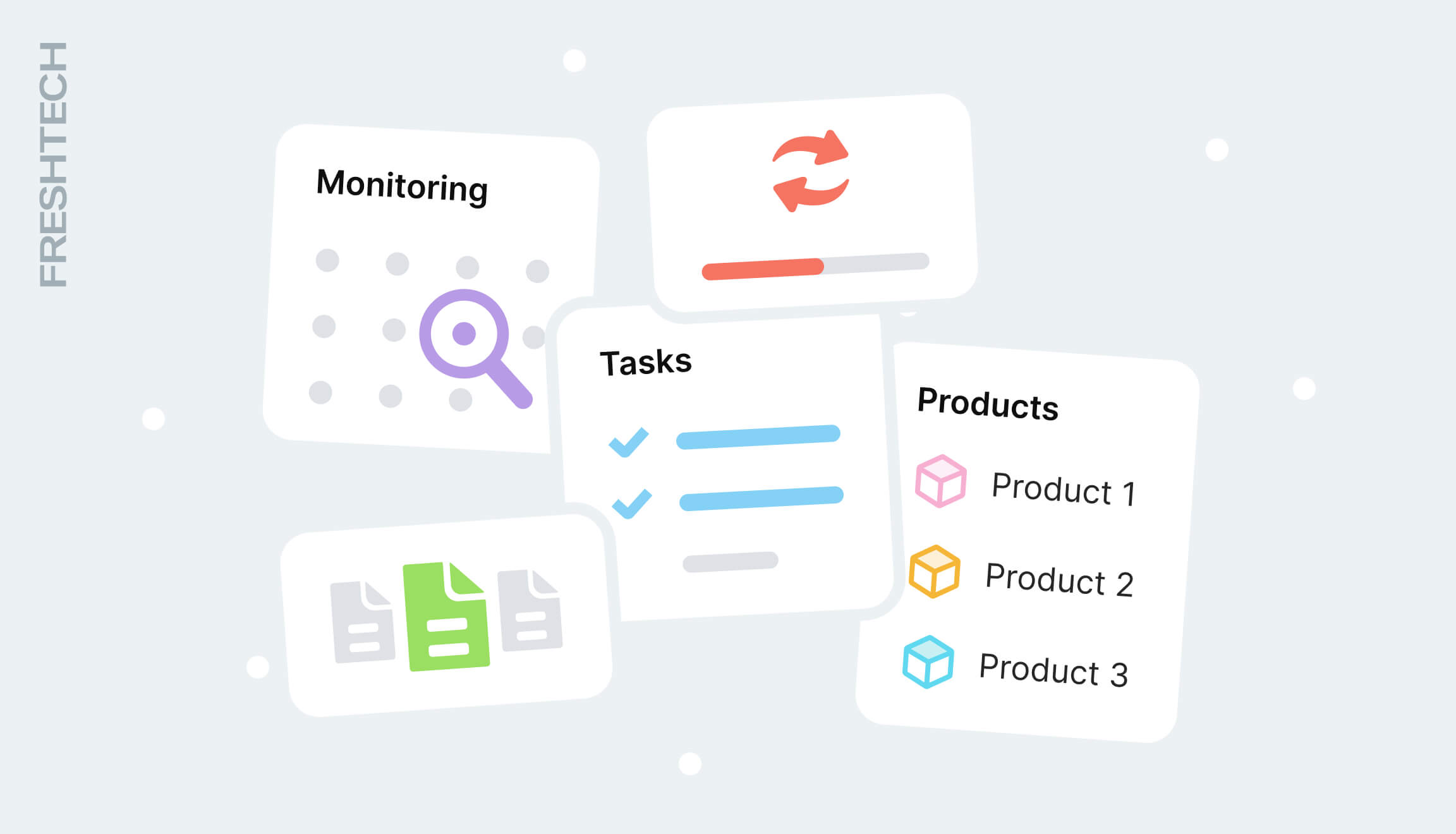How to Automate Maintenance with CMMS?

Maintenance covers task planning and execution, coordination with service providers, and control of assets and inventory. As the number of tasks grows, managing these processes manually becomes increasingly difficult, creating the need for more efficient solutions. How to automate maintenance with a custom CMMS — read on.
When is the right time to implement a CMMS?
Maintenance management involves working with a large volume of documentation. Data is stored in different formats and sources, which makes it easy to make mistakes or lose important information. An incomplete picture of the processes complicates planning. Tasks may be delayed, and unexpected errors can lead to downtime and additional costs. Another challenge is controlling the schedule of planned work and managing spare parts. Without a unified system, it is difficult to order the necessary components on time or allocate resources properly.
The need for a CMMS becomes clear when the number of equipment and technical assets increases, and manual management can no longer handle the workload. The absence of a centralized database makes it difficult to monitor tasks and coordinate with service providers. Using multiple systems or outdated software also creates additional risks — from costly emergency repairs to challenges with compliance and regulatory requirements.
Custom CMMS based on Spiro
A CMMS is used to optimize maintenance management. This software streamlines the planning and execution of tasks, interaction with service providers, and the control of assets and inventory. Implementing a CMMS makes it possible to automate business processes and reduce a company’s operating costs.
The first step is to analyze current procedures. It is important to understand how tasks are carried out, which stages are inefficient, and where time and resources may be lost. Process modeling helps determine the necessary functionality, taking into account the specifics of tasks, types of equipment, and the structure of the company’s departments.
When choosing a system, important aspects include scalability, configuration flexibility, integrations, and mobile access. A custom CMMS built on the low-code Spiro platform meets these criteria thanks to its modular architecture. The system can be deployed quickly and adapted to the specifics of processes and industries.
The capabilities of a custom CMMS include asset management, equipment tracking, preventive maintenance, inventory and procurement control, supplier management, document flow, compliance and regulatory reporting, analytics, and mobile access. The set of modules can be adjusted and expanded depending on the company’s needs.
Here's a brief overview of the advantages of a custom CMMS:
-
Automation of business processes and centralized data access
-
Faster order fulfillment and minimized human error
-
Transparent control of work execution and interactions with service providers
-
Resource optimization through analytics and real-time monitoring
-
Extended equipment lifespan through timely maintenance
-
Convenient process management from any location via mobile access
CMMS consolidates all maintenance operations into a single system, making it easy to track tasks, plan their execution, and monitor equipment status.
Implementing CMMS is a logical step for companies looking to streamline and improve the efficiency of their technical departments. The system’s flexibility allows for customized workflows and business logic, making it suitable for companies of any size.
If you'd like to optimize maintenance processes, leave your contact information in the form. Our manager will get in touch and provide detailed information about deploying a CMMS based on the Spiro low-code platform.


















